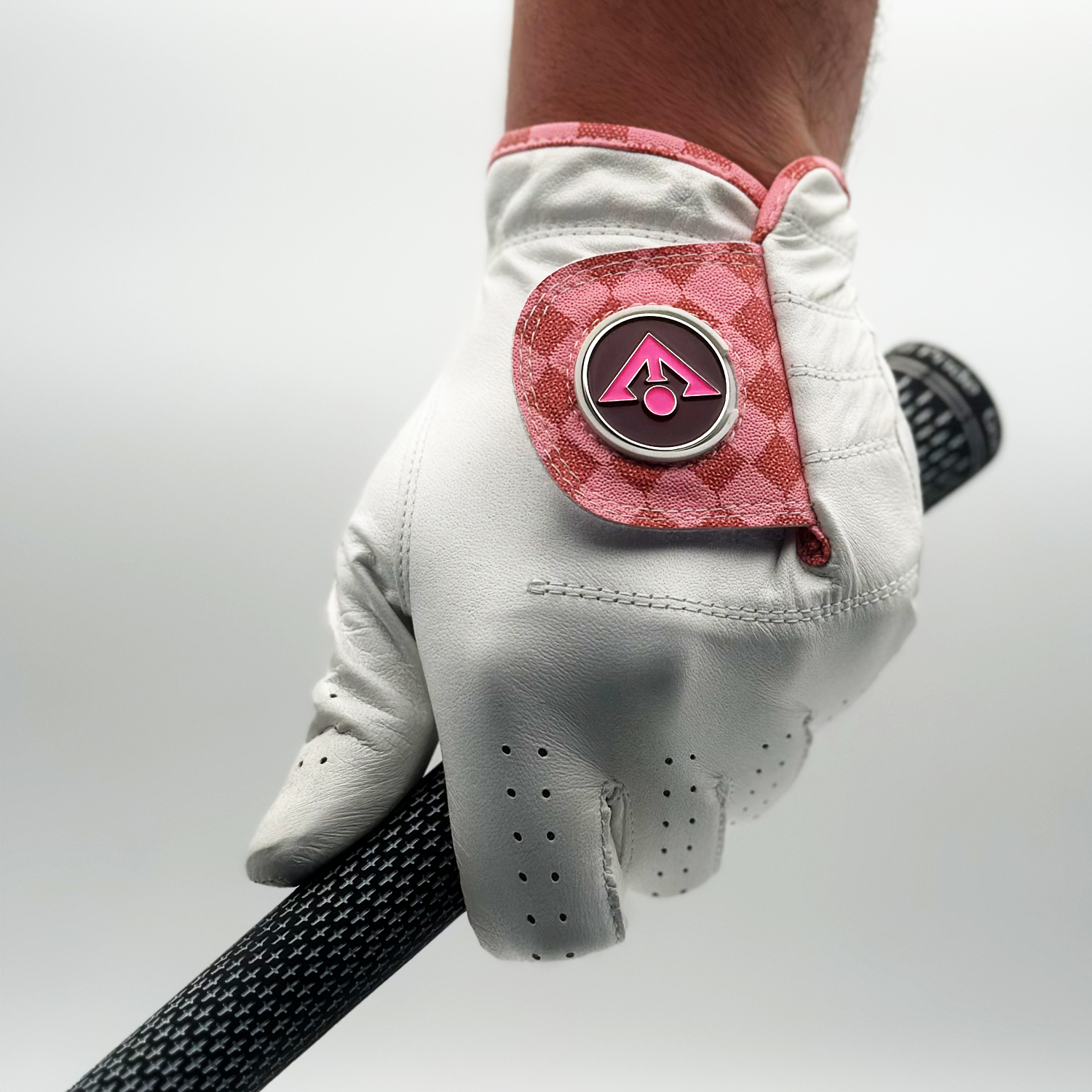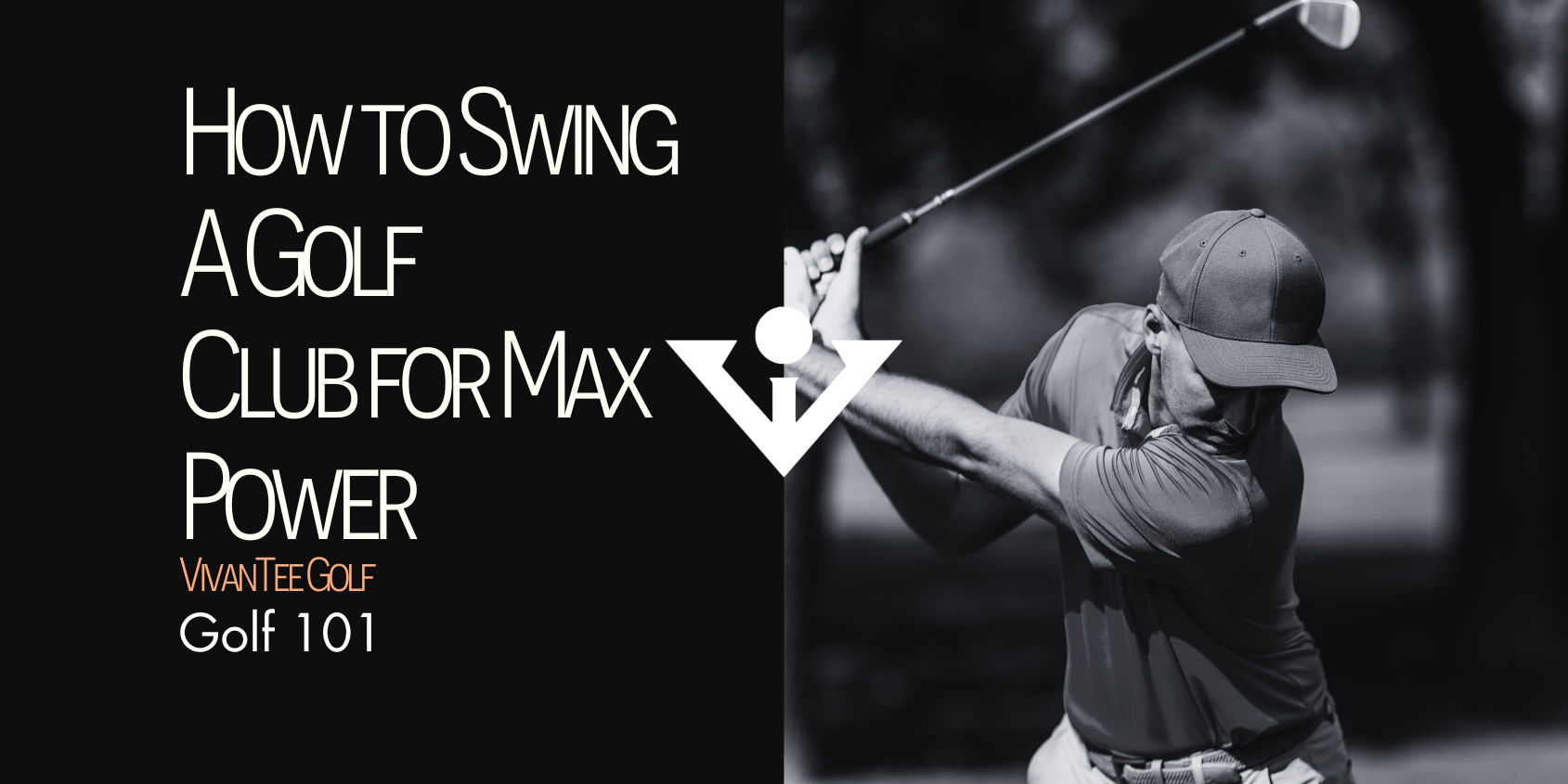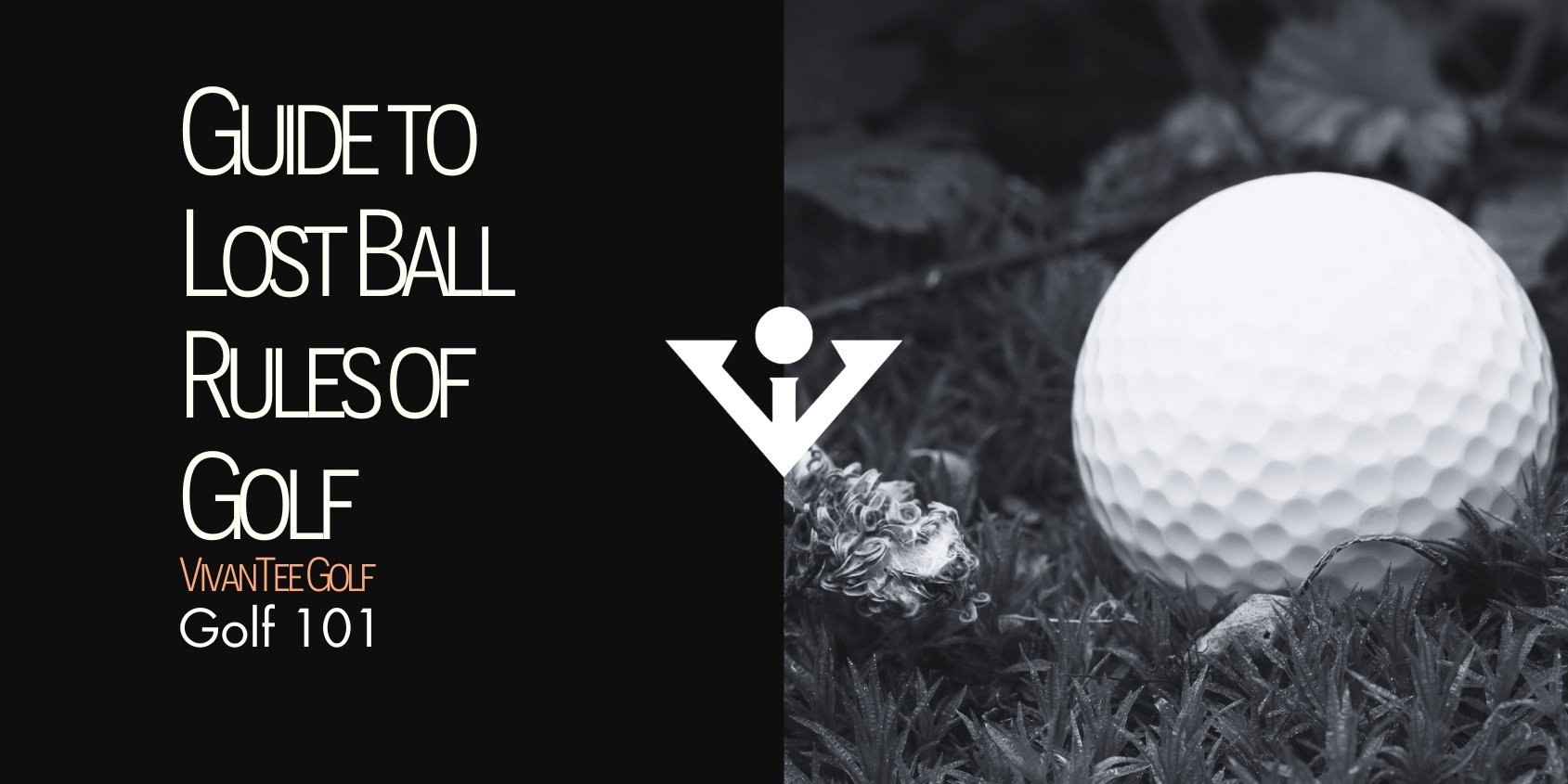Understanding the Basics of Golf
Golf is a precision sport rooted in skill, strategy, and consistency, requiring both mental focus and physical coordination. At its core, the game revolves around striking a small ball with a club to guide it into a series of holes on a course in as few strokes as possible. The game is typically played on an 18-hole course, featuring a mix of wide fairways, challenging hazards, and manicured greens.
Key elements to grasp include:
- Clubs: Golfers carry up to 14 clubs, each tailored for different shot types and distances.
- Stance and Grip: Proper posture, foot positioning, and grip are essential for control.
- Rules: Adherence to etiquette and regulations is integral to the game’s integrity.
Why Proper Technique Matters in Your Golf Swing
Proper technique in a golf swing is critical to achieving both consistency and power. Incorrect form can lead to a loss of distance, poor accuracy, and even physical injuries over time. A well-executed swing maximizes energy transfer from the body to the club, ensuring controlled yet forceful contact with the ball.
Key benefits of utilizing proper technique include:
- Enhanced Accuracy: An aligned swing path improves shot direction.
- Increased Distance: Proper mechanics optimize power generation.
- Reduced Risk of Injury: Correct posture and motion minimize strain on joints.
- Improved Efficiency: Consistency lowers unnecessary energy expenditure.
Mastering proper form requires focus on grip, stance, and tempo, all of which demand disciplined practice.
The Importance of Grip: How to Hold a Golf Club Correctly
The grip is the foundation of every effective golf swing, influencing both power and accuracy. A proper grip ensures control over the club and facilitates a smooth, consistent swing. There are three primary grip styles: the overlap, interlock, and 10-finger grip. Each has unique benefits depending on hand size and personal preference.
To establish a correct grip, the club handle should rest diagonally across the fingers of the lead hand. The thumb points slightly right of center on the grip. For the trailing hand, the lifeline connects snugly with the lead thumb, creating stability. Proper tension is vital—holding too tightly restricts motion, while a loose grip sacrifices control.

Stance and Posture: Building a Strong Foundation
Establishing a proper stance and posture is crucial for achieving consistent, powerful swings. The feet should be shoulder-width apart, providing a stable base while allowing balanced weight distribution. Positioning the toes slightly outward enhances rotational movement during the swing. The knees must remain flexed, not locked, ensuring mobility and control.
Bend forward slightly from the hips, keeping the back straight to maintain proper spine alignment. The arms should hang naturally, with the hands positioned just ahead of the ball. Weight should rest evenly between the heels and balls of the feet, fostering stability. Proper stance and posture set the stage for efficient energy transfer.
The Setup: Aligning Your Body and Club for Success
Proper setup is the cornerstone of a powerful golf swing. It begins by positioning the feet shoulder-width apart, providing a stable and balanced base. The knees should remain slightly flexed to maintain athletic readiness, while the weight is evenly distributed between both feet. The spine must tilt naturally, creating a straight line from the back to the hips.
Align the clubface squarely with the target by ensuring it points directly at the intended shot direction. Grip the club with a relaxed yet secure hold, allowing control without tension. Keep the arms hanging freely from the shoulders. Finally, ensure the ball position corresponds to the desired shot type—slightly forward for a driver and centered for irons.
Mastering the Backswing: Tips for a Smooth Takeaway
A smooth takeaway is essential for achieving consistency and power in the golf swing. The backswing sets the foundation for the entire motion, ensuring proper alignment and balance throughout. Key elements of an effective takeaway include maintaining a relaxed yet controlled grip and engaging the shoulders rather than the hands.
- Focus on one-piece movement: Initiate the takeaway using the chest and shoulders while keeping the arms and wrists passive.
- Maintain a steady tempo: Avoid rushing; a controlled pace ensures balance.
- Keep the clubface square: Ensure the clubface points toward the ball’s target line.
Attention to these elements builds fluidity and efficiency in the swing.
The Downswing: Generating Power and Accuracy
The downswing is crucial for converting stored energy into power and delivering the club squarely to the ball. It begins with a smooth transition, led by the hips, not the upper body. The weight should shift back to the lead foot, anchoring balance and creating momentum. A strong hip rotation drives the motion, while the arms and hands follow naturally, maintaining the desired swing plane.
Key points include:
- Hip Rotation: Initiate the downswing by rotating the hips toward the target, avoiding an over-the-top motion.
- Club Lag: Maintain the angle between the wrists and the club shaft for maximum power.
- Impact Position: Ensure the lead wrist remains flat while striking the ball, promoting control and accuracy.
Follow-Through: Finishing Your Swing with Precision
The follow-through is a critical phase of the golf swing that reflects balance, control, and proper execution. A well-executed follow-through ensures that energy is fully transferred to the ball and reveals whether key fundamentals were maintained throughout the swing.
- Maintain Balance: The golfer’s weight should finish on the front foot, with a stable posture. Any wobbling or stumbling indicates instability during earlier phases of the swing.
- Extend the Arms: The arms should be fully extended, showing that the swing path continued fluidly beyond impact. Tension in the wrists or elbows disrupts accuracy and consistency.
- Complete the Rotation: The torso must face the target, and the belt buckle should align toward it. Proper rotation ensures that hips and shoulders work harmoniously.
By evaluating the follow-through, golfers can identify missed mechanics and develop refined precision in their swing.
Common Beginner Mistakes and How to Avoid Them
Starting out in golf often leads to several common mistakes that can hinder progress and performance. Avoiding these early ensures better development and greater consistency.
1. Incorrect Grip
Many beginners grip the club too tightly, causing tension in the wrists and arms. A proper grip should feel firm yet relaxed, with palms aligned and pressure evenly distributed.
2. Poor Stance Alignment
Misaligned stances can skew swing direction. Feet, hips, and shoulders should align parallel to the target line to achieve consistent ball flight.
3. Overusing the Arms
Beginners often over-rely on arm strength instead of engaging the entire body. A powerful swing derives from proper weight transfer and core rotation.
4. Skipping Warm-Ups
Skipping warm-ups can lead to stiffness, reducing swing power. Dynamic stretches and practice swings loosen muscles and improve range of motion.
By recognizing and correcting these errors, beginners can build a solid foundation for maximum power and accuracy.
Practice Drills to Improve Your Golf Swing
Improving a golf swing requires consistent practice and targeted drills focused on mechanics and muscle memory. To build a strong foundation:
- Grip Alignment Drill: Use alignment rods to check hand placement on the club. This ensures a proper grip that promotes control and consistency.
- Swing Path Drill: Lay a club or alignment stick on the ground to guide the swing path, preventing slicing or hooking.
- Mirror Check Exercise: Practice slow swings in front of a mirror, focusing on posture, backswing angle, and follow-through.
- Impact Bag Drill: Strike an impact bag to enhance feel and power at the moment of contact.
- One-Armed Swings: Alternate between one-armed swings to build strength and balance in each arm individually.
Each drill reinforces critical mechanics while encouraging proper form.
Understanding Ball Flight and Adjusting Your Technique
The path and trajectory of the golf ball reveal critical insights into swing mechanics. By analyzing ball flight patterns, golfers can identify underlying technical issues. A slice, for instance, usually indicates an open clubface or an outside-in swing path. Conversely, a hook often stems from a closed clubface or an exaggerated inside-out swing path.
Key adjustments to improve ball flight include:
- Grip alignment: Ensure the hands are positioned correctly to avoid misdirected shots.
- Swing path control: Focus on maintaining a neutral arc through the swing.
- Clubface angle: Verify the clubface remains square at impact.
Observing ball behavior allows refined technique, leading to optimized power and accuracy.
How to Build Confidence on the Golf Course
Confidence in golf stems from preparation, practice, and a positive mindset. A golfer can boost self-assurance by following these strategies:
- Master the Basics: Focus on fundamentals like grip, stance, and alignment. Consistency in these areas eliminates anxiety over execution.
- Practice with Purpose: Dedicate time to drills that target weaknesses while refining strengths. Repetition builds muscle memory that translates into trust on the course.
- Visualize Success: Mental imagery of hitting crisp shots and sinking putts reinforces belief. Visualization prepares the mind for success.
- Stay Present: Avoid dwelling on past mistakes or future outcomes. Concentrating on each shot fosters a strong and calm mindset.
- Set Achievable Goals: Break the game into manageable objectives, such as landing on the fairway or consistent chipping. Reaching smaller goals leads to sustained confidence.
Positive reinforcement and preparation make confidence an integral part of every round.
Tips for Choosing the Right Golf Clubs as a Beginner
Selecting the appropriate golf clubs is essential for beginners to build a solid foundation in the game. A carefully chosen set can greatly enhance performance and comfort during play. Consider the following tips:
1. Start with a Half Set
- Beginners don't need a full 14-club set. A half set, including a driver, 3-wood, odd-numbered irons (5, 7, 9), and a putter, is sufficient to simplify the learning process.
2. Look for Forgiving Clubs
- Opt for clubs with larger clubheads, also known as game-improvement clubs. These provide a larger sweet spot, reducing the impact of off-center hits.
3. Choose Graphite Shafts
- Graphite shafts are lighter and more flexible than steel shafts, helping beginners achieve faster swing speeds and greater distance.
4. Prioritize Fitting
- Properly fitted clubs ensure correct length, grip size, and loft angle, which are crucial for developing good swing mechanics.
5. Buy Used or Beginner Sets
- Invest in affordable beginner sets or pre-owned clubs to experiment without committing to high costs. Save the premium purchases for when skills improve.
Relying on these tips helps beginners maximize learning while keeping the game enjoyable and less frustrating.
Additional Resources and Next Steps for Improving Your Game
To enhance one’s golfing technique and overall performance, it is essential to tap into reliable resources and take deliberate actions. Here are strategies and tools to consider:
- Professional Coaching: Seek lessons from certified golf instructors who can provide personalized feedback and correct form-related issues.
- Golf Simulators: Utilize indoor simulators to practice swing mechanics year-round.
- Instructional Content: Access online tutorials, instructional videos, or books that focus on improving specific aspects of the game.
- Practice Plans: Develop structured training sessions targeting grip, stance, and follow-through.
- Equipment Upgrades: Ensure clubs fit correctly, as tailored equipment improves accuracy and power.
- Join Communities: Engage in local golf clubs or online forums to learn from experienced players and exchange tips.







Leave a comment
This site is protected by hCaptcha and the hCaptcha Privacy Policy and Terms of Service apply.